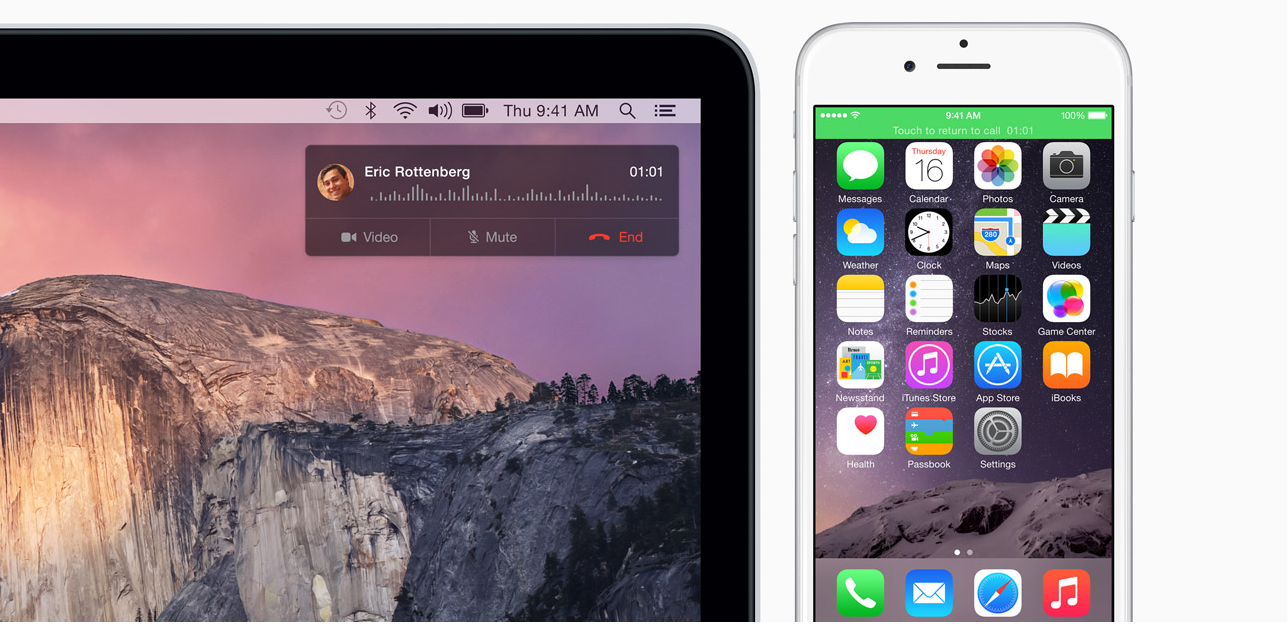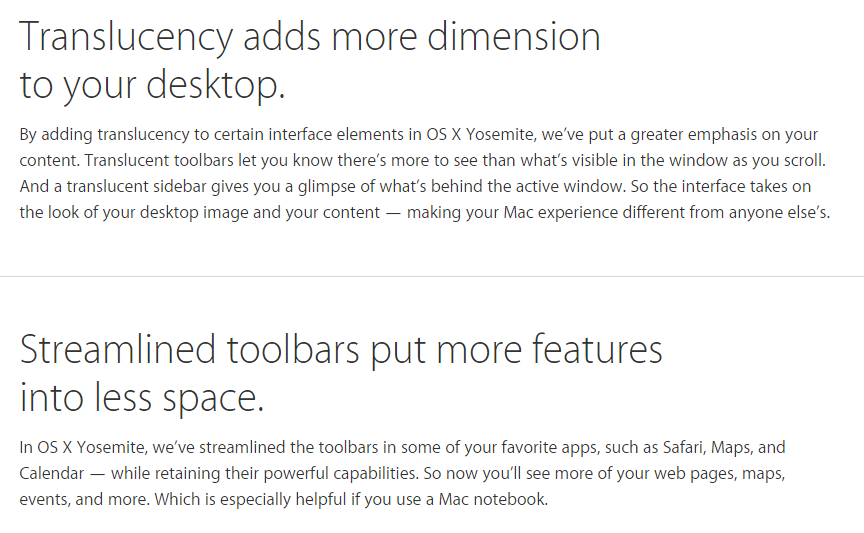New Android L: Release date and
upgrades
If you're buying a Nexus 6 or Nexus 9, you can
get Android Lollipop from November 3rd (if you're in the UK, you'll be able to
pre-order in November and receive your phablet or tablet within a few weeks).
But if you already have a Nexus 5, 7 or 10 you should get it in a free
over-the-air update in the "coming weeks" according to Google's blog. Of course, if you want to, you can try the
beta version now by following our guide: How to get Android L now.
Motorola
If you have a Moto G or Moto X (all
generations), a Moto E or various other smartphones, Motorola has said Lollipop
will be available later this year. See Motorola's upgrade page for details.
Sony
Sony has confirmed that it will bring Android
5.0 Lollipop to the entire Xperia Z range (smartphones and tablets) which is
quite impressive as some are pretty old now. Upgrades will start with the core
Xperia Z3 and Xperia Z2 series in early 2015. See Sony's blog for more details.
HTC
If you have an HTC One M8 or M7, there's good news
since the company has said it will deliver the update within 90 days of getting
the final version of Android L from Google. All the other 'One' smartphones
will get the update, but it will be after those first two devices.
Samsung
Samsung hasn't yet said which devices will get
Lollipop, nor when, but all current Galaxy smartphones should be updated, and
quite possibly some older ones. The issue is that Samsung has never been quick
to roll out Android updates, so don't hold your breath.
LG
LG is another firm which has remained tight-lipped
about Lollipop rollouts, but G3 owners can probably rest easy knowing one is on
the way. G2 owners might be pleasantly surprised, too.
See also: Android Lollipop vs iOS 8
Before the launch, Google released a teaser video for
Android L with lots of possible names including Lemon Drop, Lady Finger, Lava
Cake and Lemon Meringue Pie. A notable name missing was Lollipop and now we
know why.
Android Lollipop: Material Design
Google has a "new design language"
for Android Lollipop which is called Material. Overall, it's a cleaner style
which developers can make use of in apps. The Roboto font can also be used
anywhere. You'll notice that the new navigation buttons are a triangle, circle
and square. See also: First Android L screenshots: how the new material design looks on
the Nexus 5.
Elements can now be given depth, so shadows and light
sources affect user interface elements in real time. App interfaces will now
feature touches of colour automatically generated based on the content and
there are new animations and touch feedback.
You can see the new look in the above and main
article images including new icons and new navigation buttons. Take a look at
Google's video below to get an idea of what Android Lollipop looks and feels
like.
Android Lollipop: New features
Enhanced notifications
Android L makes notifications even better. For
starters you can get them on the lock screen - and they will be automatically
ordered in priority. You will be able to swipe them away like normal or double
tap to open the relevant app.
New lockscreen
Part of the Android L redesign is a new lockscreen
which will show you notifications (see above image). You'll need to swipe up to
unlock (if you don't have a lock pattern or other unlock method) but you can
also swipe right to launch the dialler or left to launch the camera.
New multi-tasking
Forget a 2D list of open apps, the new recent apps
section of Android L brings a Google Now card style layout. The open apps flow
on a sort of carousel and can be swiped off to either side to close them as
before.
Some apps, for example chrome, will be able to have
multiple cards in recent apps. Android Lollipop will show a separate card for
each open tab.
The Android Lollipop notification bar looks quite
different to before. It works in the same way as before so a swipe from the top
of the screen grants access. There's a new layout and colour scheme.
Instead of tapping a button to access quick settings
you simply swipe downwards a second time. There is now screen brightness
control as standard and a new 'cast screen' icon for mirroring with a
Chromecast.
Security - personal
unlocking
Google said that security is a key element for
Android and its users. A new feature will enable users to unlock their
smartphone when physically near enough a device like an Android Wear
smartwatch. It's a bit like cars with keyless entry.
Battery life - new
saver mode
Better battery life is something we always want and
Google has added a dedicated battery saver mode to Android Lollipop will give
up to 90 minutes of extra use per charge (using the Nexus 5 as a test case).
Project Volta allows developers to identify how their apps are using battery so
they make improvements.
The battery section of the settings menu now gives
more detailed information, too.
As we expected, Android Lollipop will support 64-bit
processors and it will also support the ART software library which Google says
will be twice as fast as Davik.
Android TV
With the Lollipop announcement came a surprise
new product: Nexus Player. This
means Android TV is integrated into Lollipop and provides a way to get games,
videos, photos, TV shows etc. onto your big screen. Quite a few big names have
signed up to Android TV, including Sony, Philips and Sharp. You don't have to
buy a new TV, of course, and that's where Nexus Player comes in, operating much
like an Apple TV.
by : Derlich-Herman
DCS Chairman



















